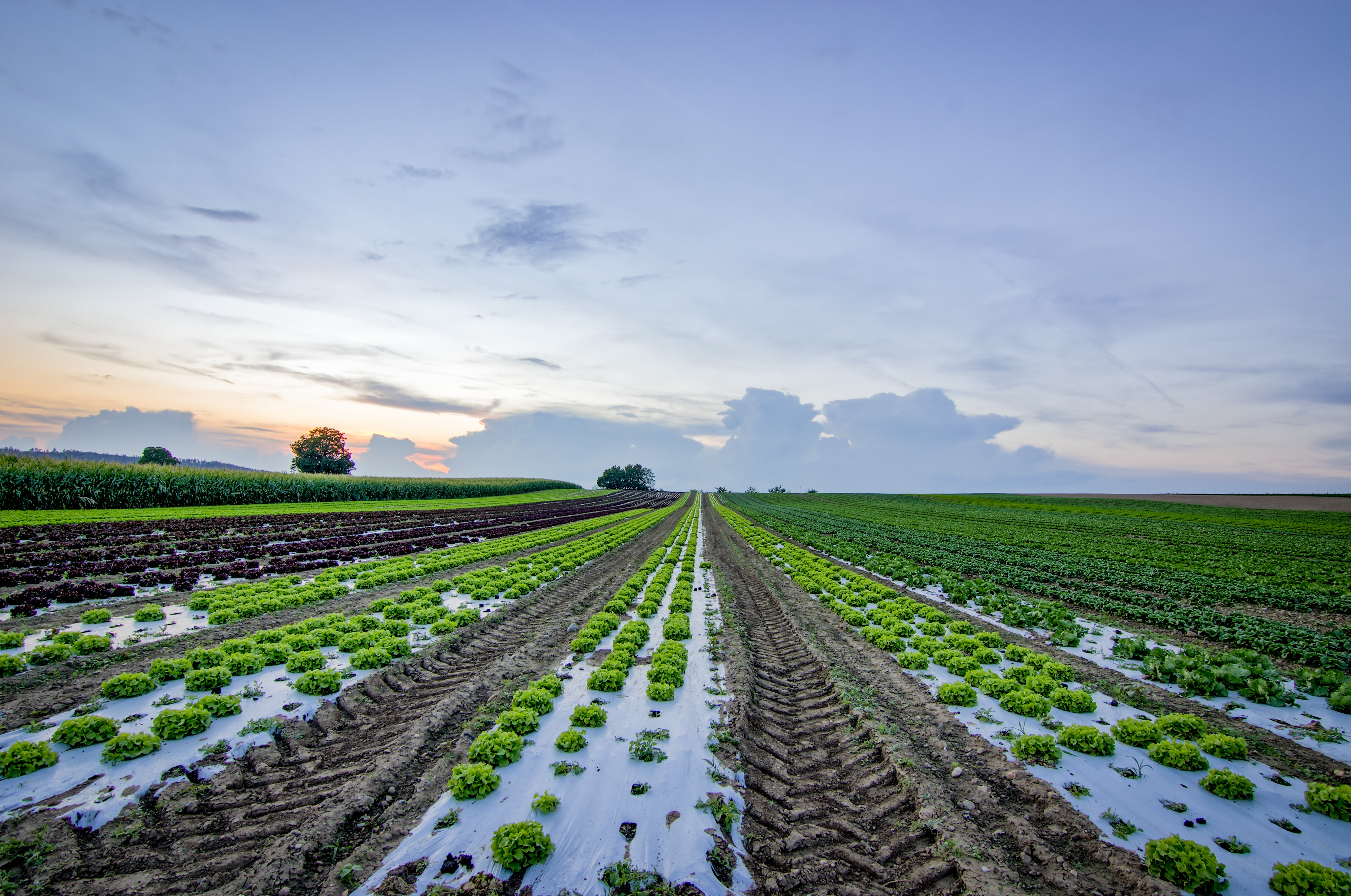Reckon it or not, there is an almost invincible species of plant that nearly anyone can grow. This stands true whether you’re a non-gardener, a would-be gardener, a neglectful gardener or a terrible gardener reviled with the darkest of black thumbs. If you’re wondering what on earth this plant could be, welcome to the gracious world of cactus.
The reason anyone should be competent to grow a cactus garden is that if you pay heed to a few easy guidelines, all you require to do is leave them unattended. They won’t be needing much help after you’ve potted them, particularly when it gets to watering. That’s because cactuses are from arid regions and their leaves and stems have evolved through the aeons with the capability to conserve water so they can withstand exceedingly dry climates.
There’s also something else that is appealing about cactuses. They come in an incredible diversity of sizes, shapes and aspects, involving some that seem like they’re better fitted for a rainforest than a desert, and an infinite array of textures and colours.
The easiest way to grow an indoor cactus garden is perhaps on a tray garden. As the name suggests, tray gardens are shallow dishes. They’re ideally suited for succulents and captures because they typically have very shallow root networks.
Before you start growing your indoor cactus garden, it’s essential to realize that tray gardens are very distinct from terrariums and that cactuses are not fitted for terrariums. Terrariums are enclosed glass pots that conserve substantial quantities of water and humidity. Cactuses can’t withstand constantly humid conditions, which would cause the plant’s roots to decay.
Here’s how to grow your indoor cactus garden in six easy steps.
1. Choose a container
Nearly any shallow container will suffice. That container may be a planting dish, a vase or saucer you find in a garden centre, a decorative plate, or a planting tray you found online. The most important concerns are that it must be shallow suitably to be consistent with the shallow root systems of cactuses and has a drainage hole.
2. Select a potting soil
The easiest option for potting soil is to buy a prepared blend formulated for succulents. If you can’t get a prepared mix at a local garden centre or nursery, you can create your own. An easy formula for a succulent or cactus potting blend is one fraction of regular potting soil, one fraction perlite and one-quarter fraction coarse builder’s sand.
3. Select the plants
There is virtually an infinite variety of choices for plants in cactus genera such as feather cactus, moon cactus, star cactus and many more. Whatever you love in terms of plant shape, colour and texture, the possibilities are that you can find excellent quality in succulents. And what you can’t locate at local shops you can surely find online.
4. Pot the plants
If your gardening tray doesn’t have a drainage crevice, start the potting procedure by commencing with a lowermost layer of pebbles, rocks or pea gravel. Then put in a sheet of the potting medium. If you contain drainage hole, just add the potting mix. Don’t fill the container to the top, just put it in a thin layer. The notion is to leave sufficient space at the top of the pot to add a surface sheet of slight gravel or sand to work as insulation.
Sever up the roots scantily to promote fresh root growth and enable the plant to develop a healthy root system. Then nestle each plant partially into the mix, organizing them in a visually pleasing manner.
With the plants in the spot, there will be a steep gap between the base of the plants and the potting outlet. Help the potting mix into this void, inoculating the potting medium around the plants up to the root of the plants. Coat the top of the soil with a sheet of pea gravel, small river stones or sand just as much around plants in an outdoor garden. This exterior layer will work as a drainage layer that will keep water away from the root of the plants and help lower the chance of rot. Water the pot lightly to sit the potting medium.
5. Place the container
If you have built your tray garden in a warmer month, you can put it outside in a sunny area where it will obtain indirect sunlight for at least four to six hours every day. You may prefer to test with the location heeding the strength of sunlight, slowly shifting the container into the brightest light you think the plants can take. Incremental steps heeding light are always reasonable to prevent burning the plants.
Generally, avoid low light areas. Too little light will cause the plants to “stretch” for the sun, which will result in weak and spindly growth. Rotate the container a quarter or half turn every several weeks so new growth will spread evenly in all directions.
Select a bright dwelling away from winds and heat ducts. Once all your plants are nestled in their new abode, keeping them comfortable and healthy won’t be too great of a challenge.
6. Maintain your garden
Everything you need to do to sustain a tray garden is to water periodically and rotate the plants to facilitate proper plant growth on all sides.
Under-watering is always better than over-watering. A plant stressed from too little watering is greatly easier to get back to health than a plant suffering from root rot inflicted by overwatering.
The concept is to allow the potting medium to become dry before watering. When watering pots with a drainage hole, water until the water leaks from the bottom of the container. If the pot does not have a drainage hole, tilt it on its side if you believe you have put in too much water and allow the water to run out. Do not fertilize succulent cactus tray gardens; it will result in the plants growing too fast.
That’s it! Forthwith all you need to do is admire your indoor cactus garden.

